Introducing the UCSF Health Helen Diller Hospital
Driven by the UCSF Health mission of Caring, Healing, Teaching, and Discovering, the new hospital will increase access to life-saving care and treatments for complex health conditions, addressing the growing need in San Francisco and beyond.
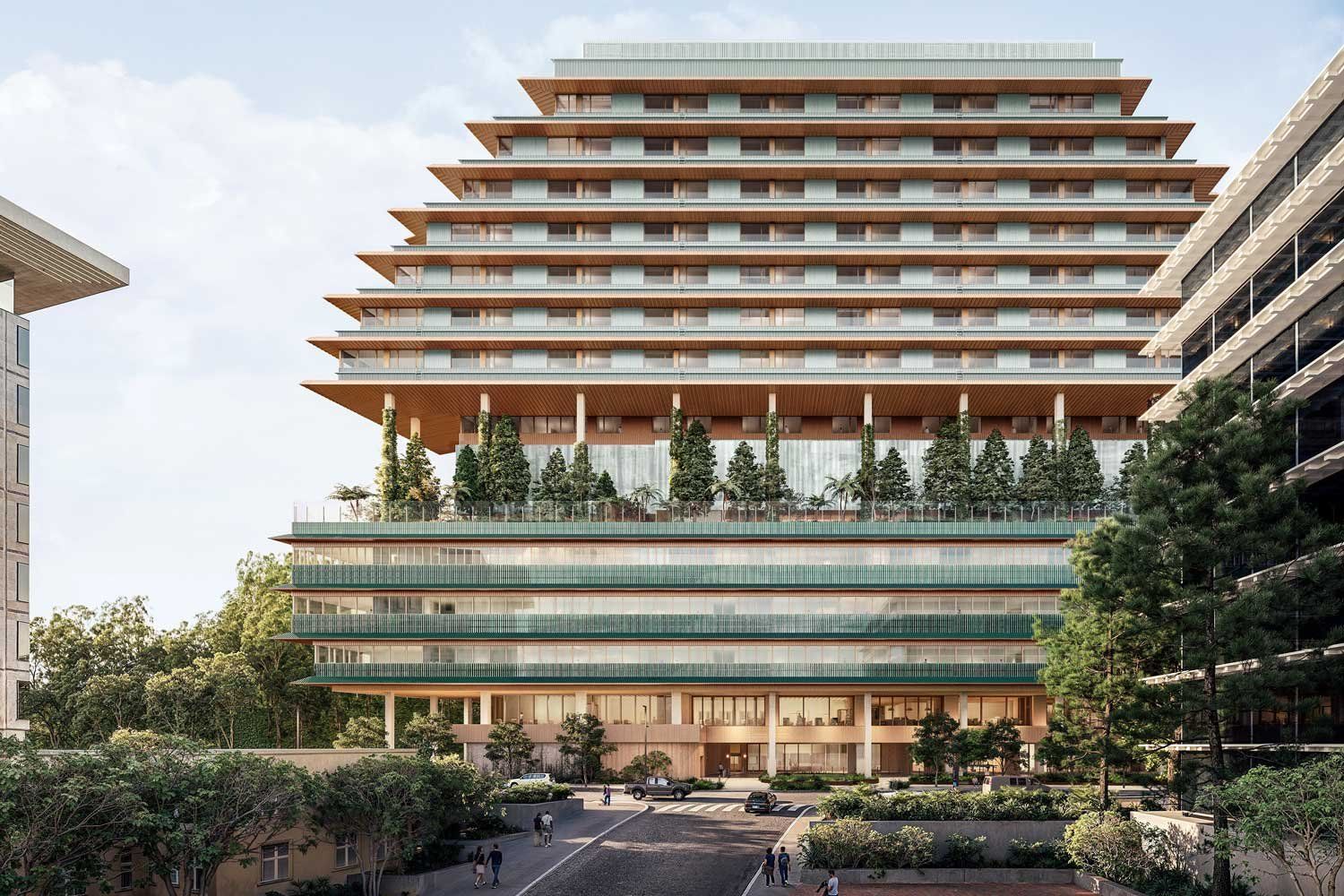
UCSF is transforming its historic Parnassus Heights campus into a state-of-the-art academic medical center for the future. The centerpiece of this ambitious initiative is the UCSF Health Helen Diller Hospital, a model of innovation and excellence.
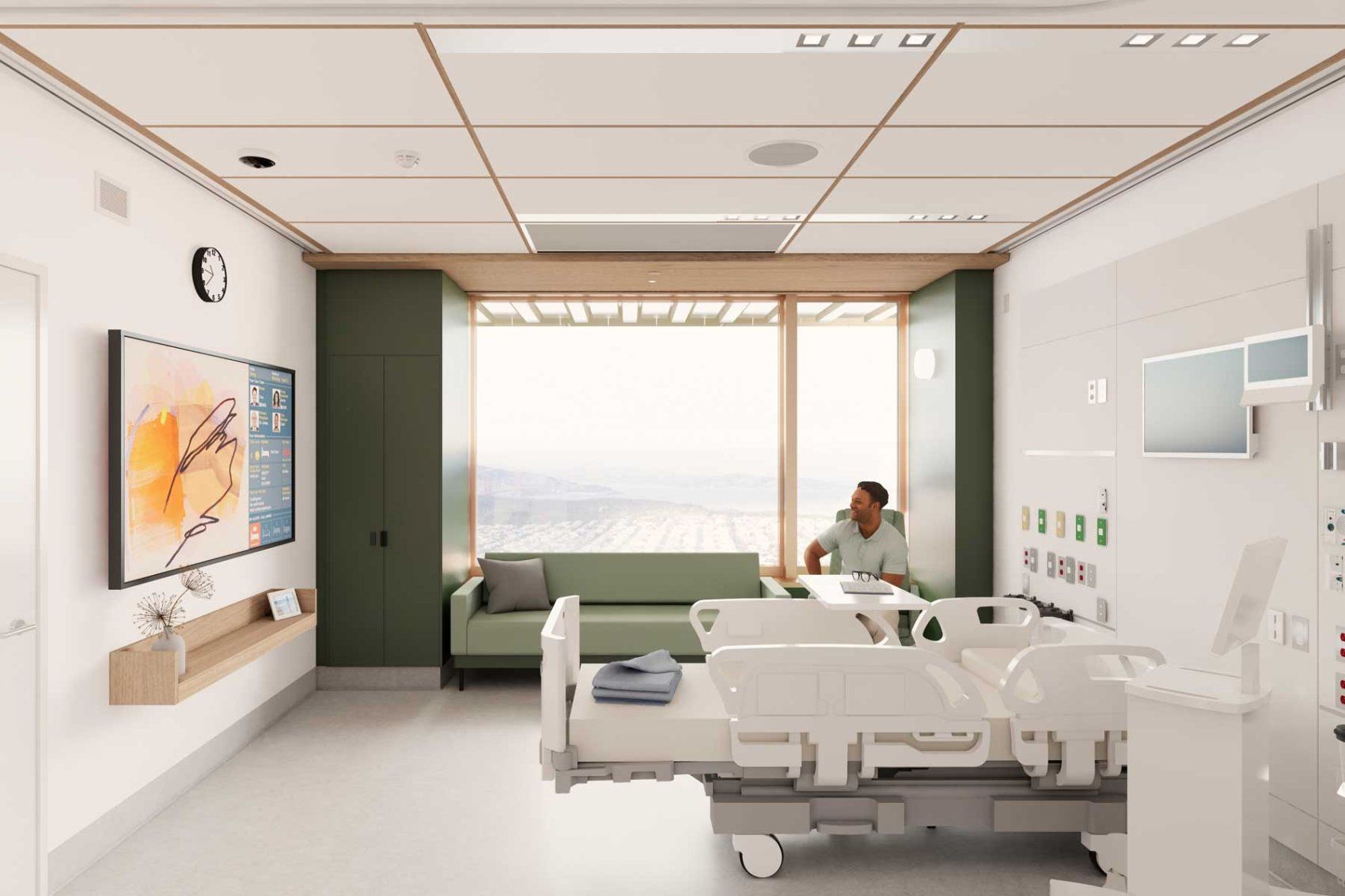
Featuring natural light and space for loved ones, the patient rooms will provide comfort, privacy, and a supportive recovery environment.
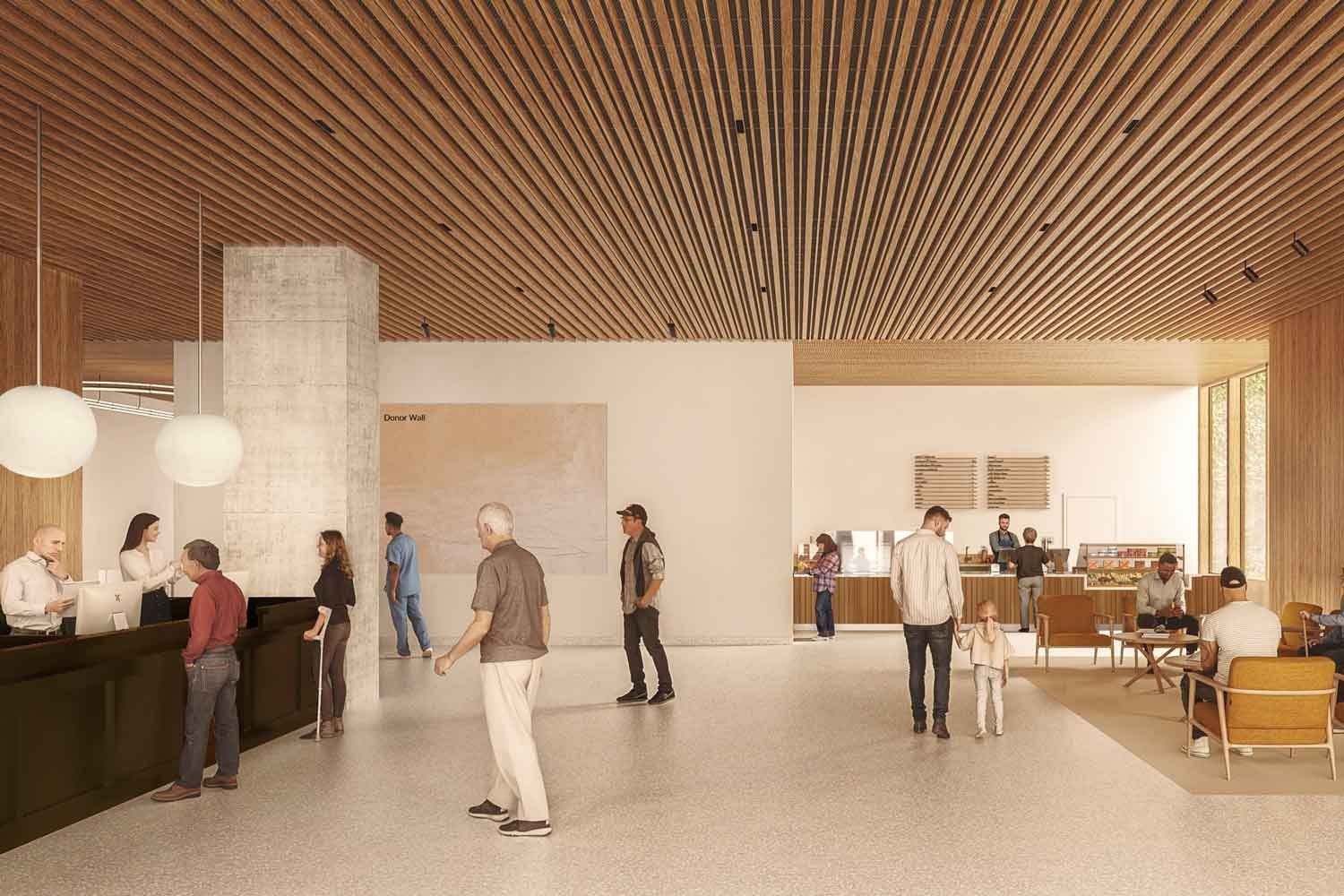
With abundant natural light and warm wood finishes, the Lobby will create a calming environment for patients and visitors.

The Level 8 Courtyard will feature a spacious, landscaped garden, offering a serene and inviting retreat for patients and staff.
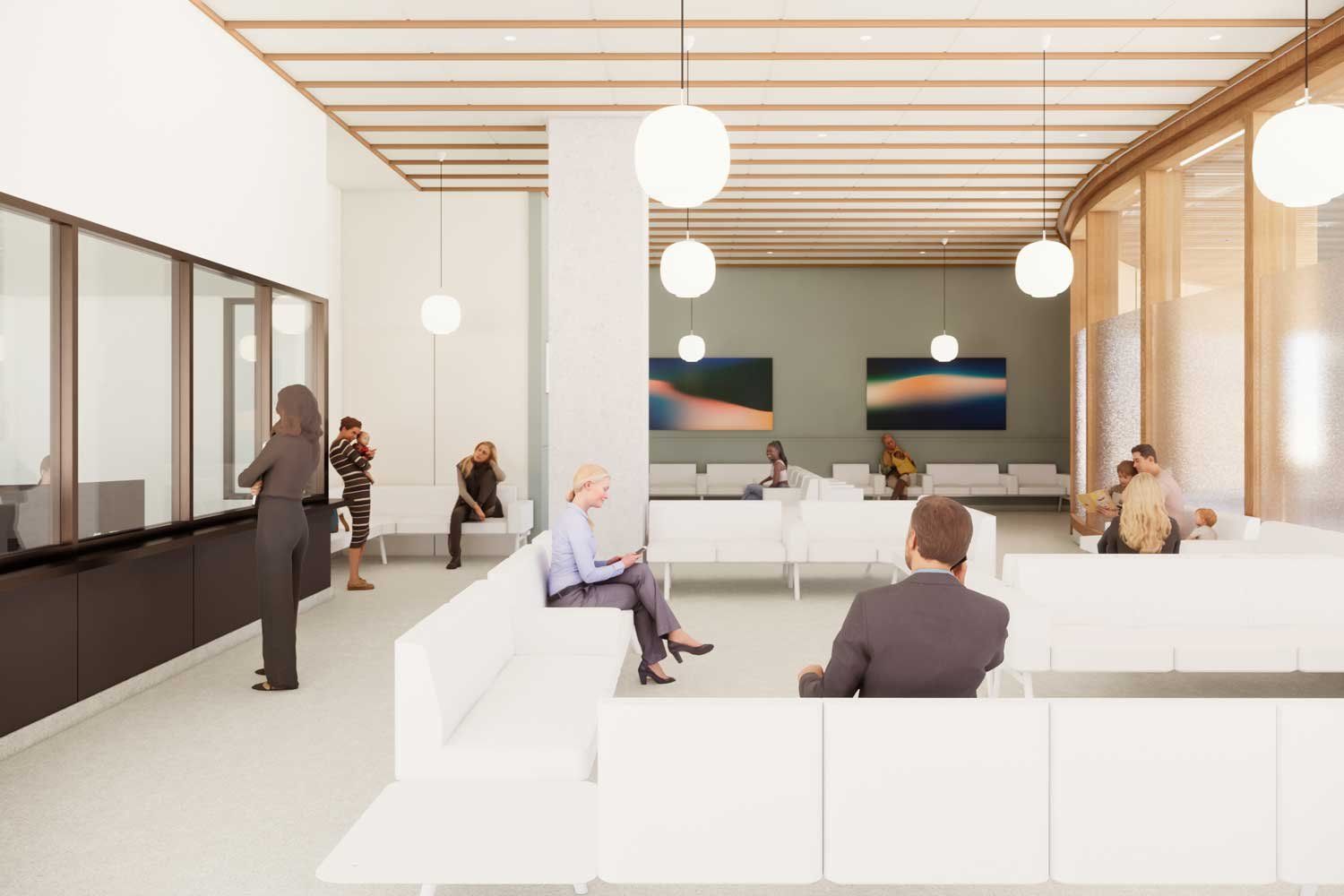
The Emergency Department will increase its capacity by 67%, and will enhance access to emergency services for San Francisco.

Level 2 Surgery check-in and waiting area will warmly welcome patients, families, and loved ones, and also feature a patient and visitor meditation room and an on-site pharmacy.
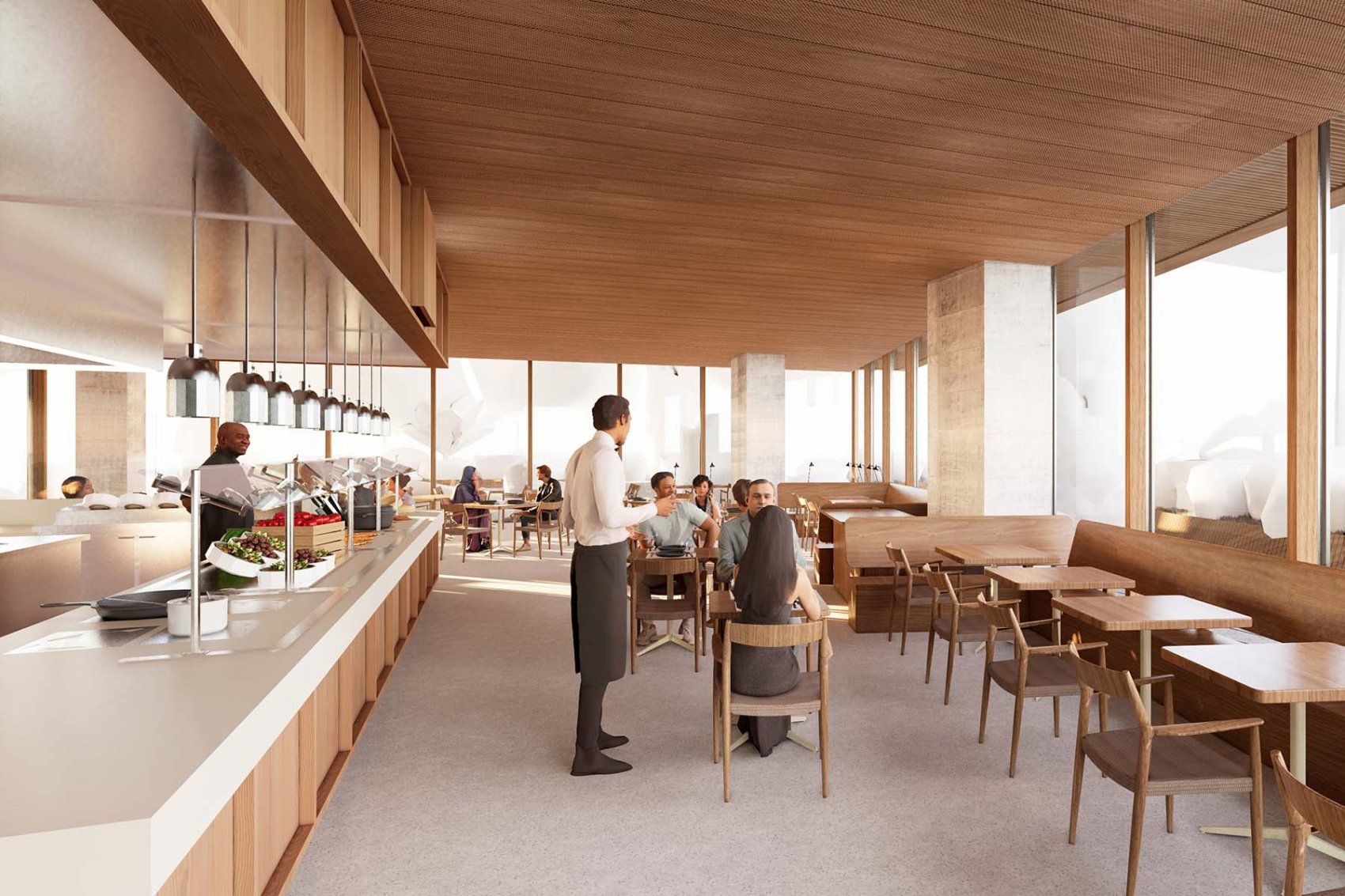
The Level 6 cafes will cater to diverse preferences and schedules, providing fresh and nutritious dining options.

Family Wellness Rooms will provide a serene refuge, a place to rest for loved ones.
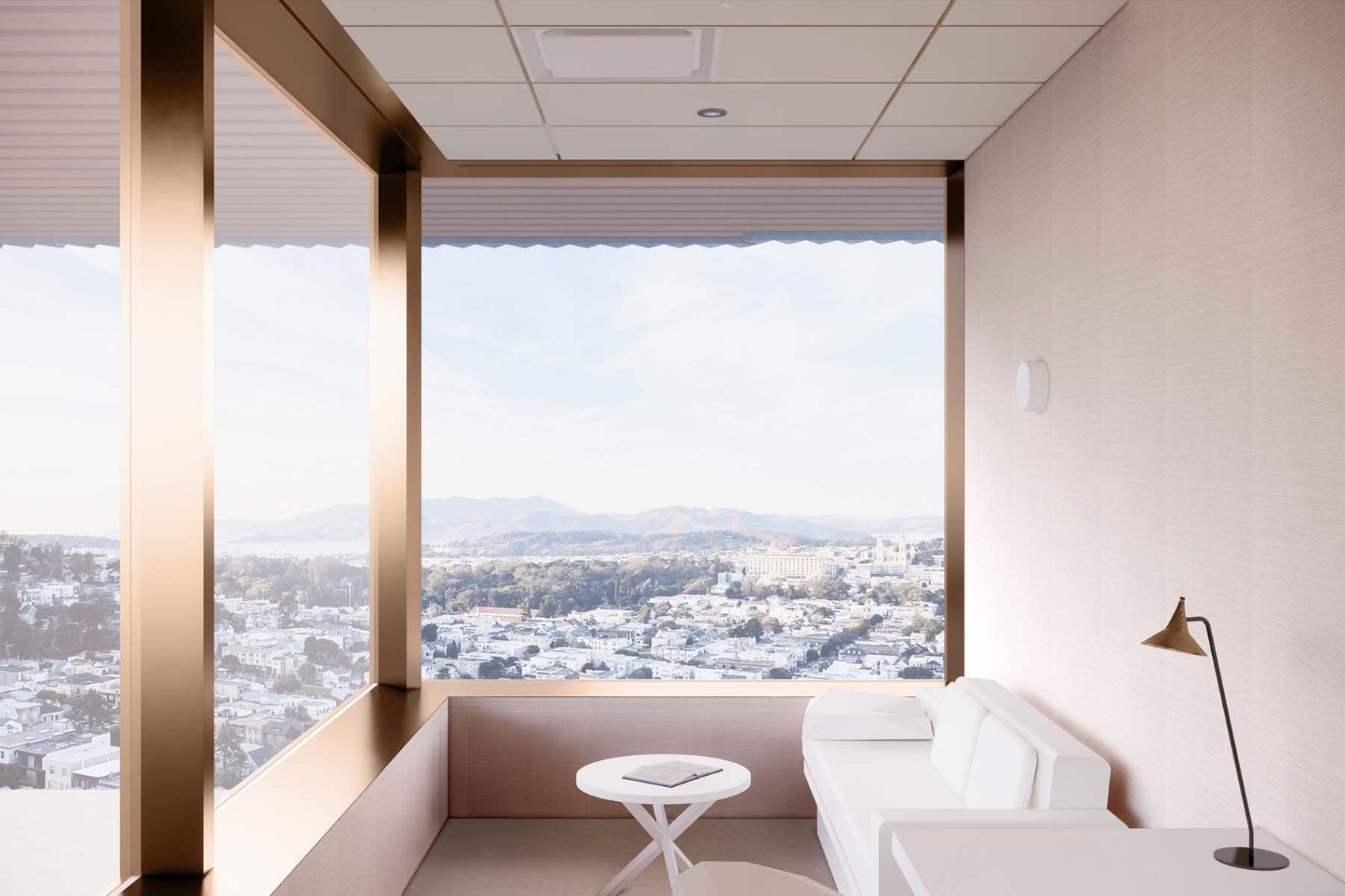
A quiet space for staff.
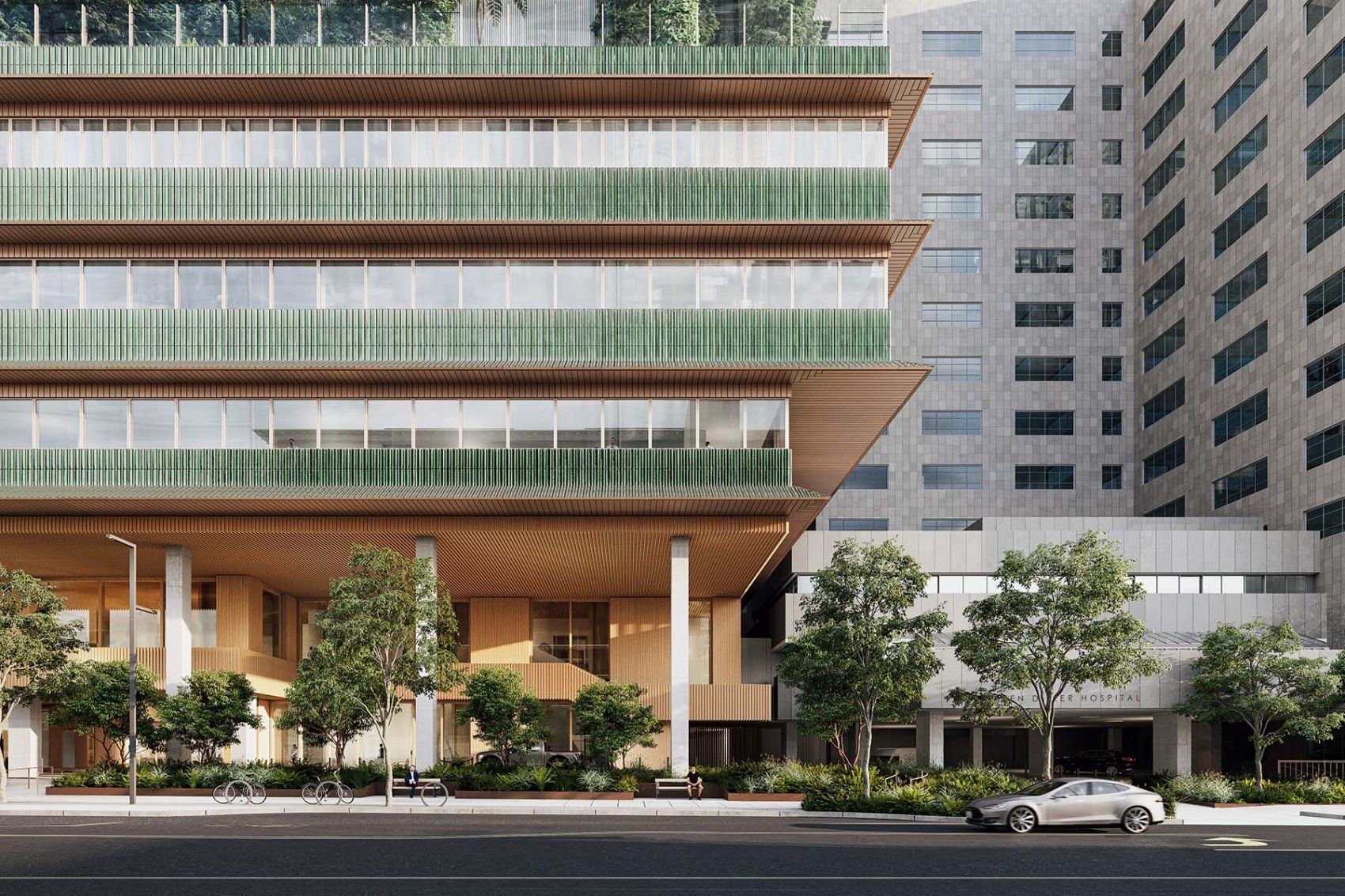
The new hospital will promote connectivity within the campus by stitching together the existing Moffitt and Long buildings to form one hospital, facilitating a seamless experience for patients, visitors, and staff.
Expand Innovative Care
From pioneering surgeries to breakthrough treatments for rare conditions, UCSF delivers exceptional outcomes while constantly pushing the boundaries of innovation. The new hospital will offer state-of-the-art imaging, robotics, and surgical technology, while expanding emergency, surgical, and interventional care capacity. Its modern clinical setting will support the most complex care and continue to attract passionate staff and leading experts to UCSF.


324 New Beds

31 New Emergency Department Bays

21 New Operating Rooms
Accelerate Translational Research and Discovery
Corridors and gathering spaces connecting clinical, research, and educational environments will inspire collaboration across disciplines. In close proximity to the future UCSF Barbara and Gerson Bakar Research and Academic Building, life-changing discoveries will advance from the laboratory bench to the patient bedside.
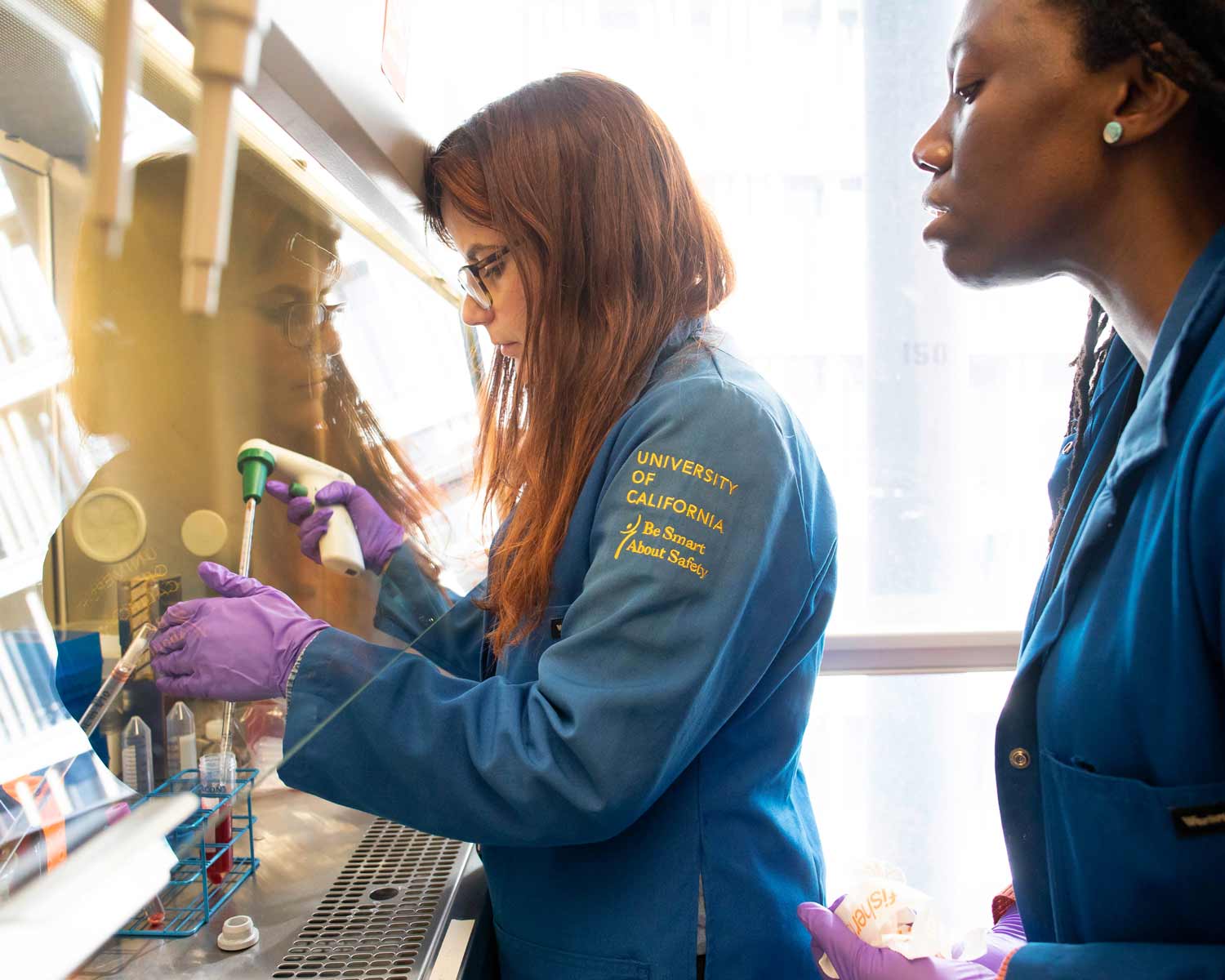
Foster Healing, Wellness and Recovery
This healing habitat will integrate elements of human-centered design and nature with state-of-the-art medicine. The hospital will emphasize comfort, natural light, scenic vistas, beautiful outdoor spaces, and warm materials for an inviting setting. Contemporary indoor and outdoor spaces will promote wellness and resilience.
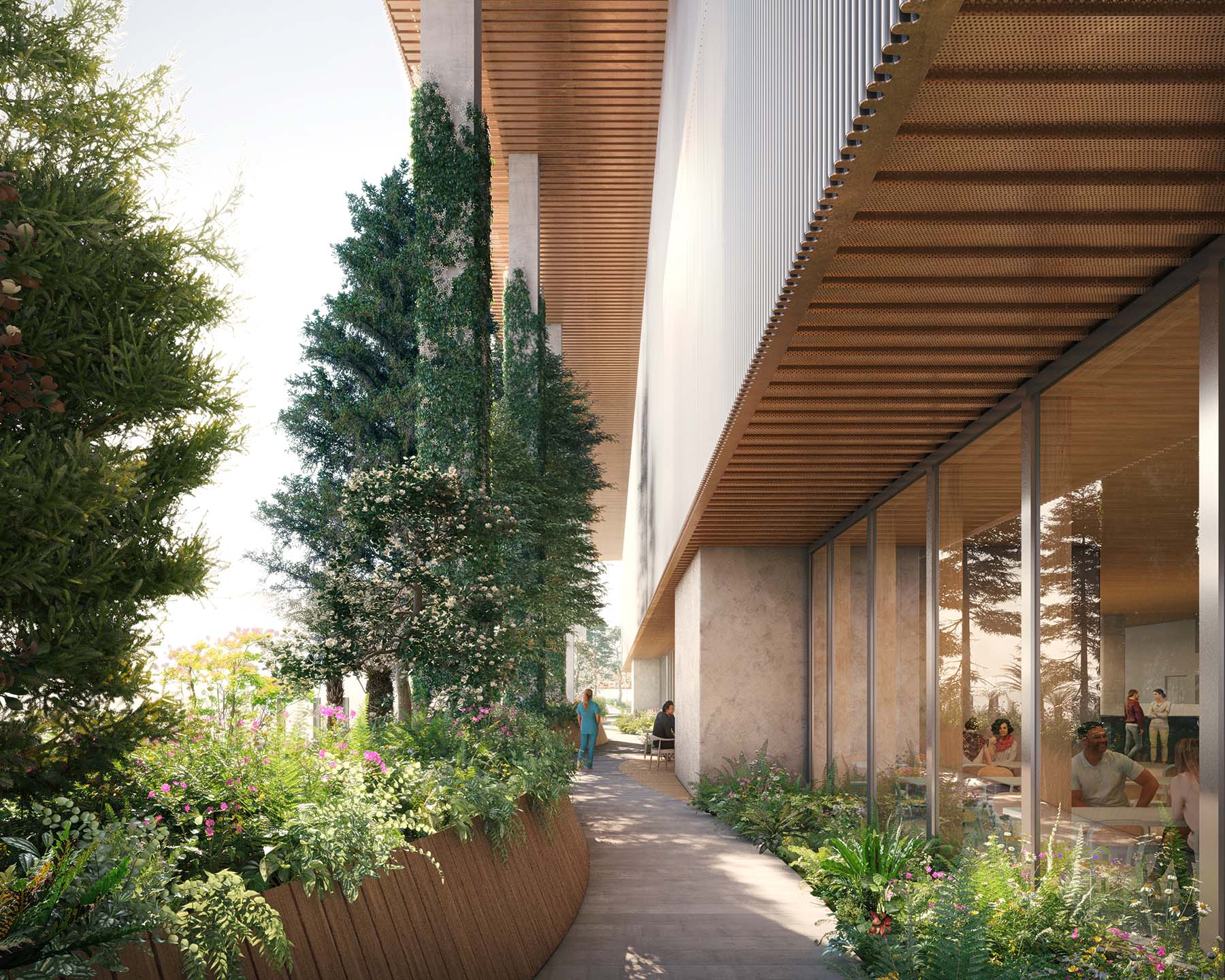
Project Timeline
- 2018-2019: Visioning the new hospital with community input
- 2019-2020: Master planning and programming with community input
- 2020-2022: Design phase of the new hospital with community input
- 2022-2023: Demolition of the Langley Porter Psychiatric Hospital and Clinics
- 2023-2028: Groundbreaking and construction of the new hospital
- 2028-2029: Testing, pre-occupancy, and final planning of the new hospital
- 2030: Grand opening of the UCSF Health Helen Diller Hospital at Parnassus Heights
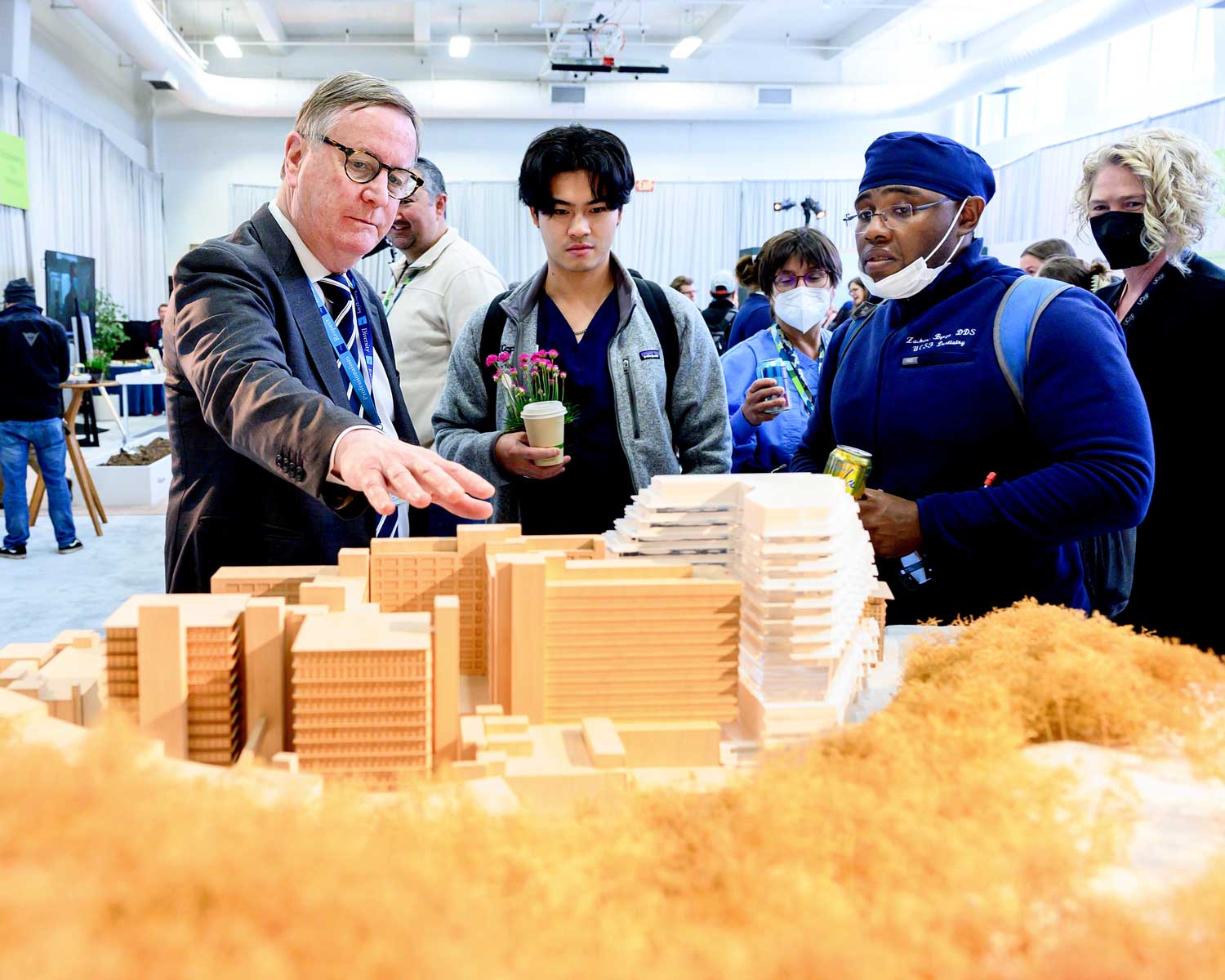
Project Timeline
- 2018-2019: Visioning the new hospital with community input
- 2019-2020: Master planning and programming with community input
- 2020-2022: Design phase of the new hospital with community input
- 2022-2023: Demolition of the Langley Porter Psychiatric Hospital and Clinics
- 2023-2028: Groundbreaking and construction of the new hospital
- 2028-2029: Testing, pre-occupancy, and final planning of the new hospital
- 2030: Grand opening of the UCSF Health Helen Diller Hospital at Parnassus Heights\


Propel the Future
Help us transform life-saving patient care with the UCSF Health Helen Diller Hospital by making a gift today.
Propel the Future
Help us transform life-saving patient care with the UCSF Health Helen Diller Hospital by making a gift today.

